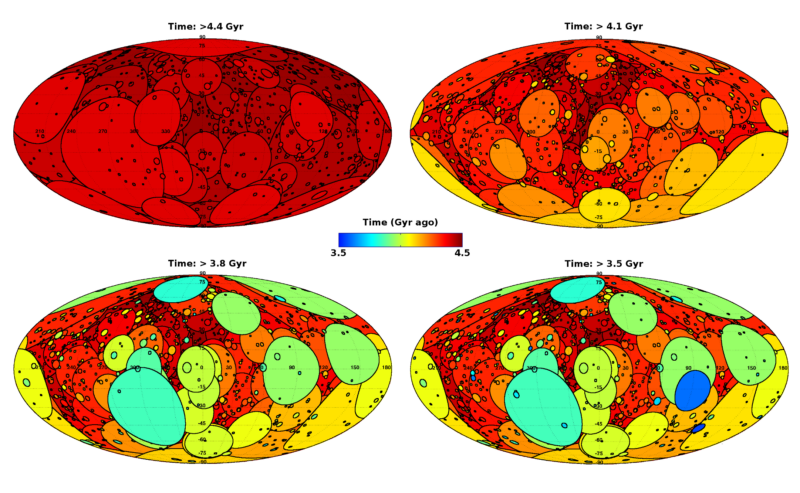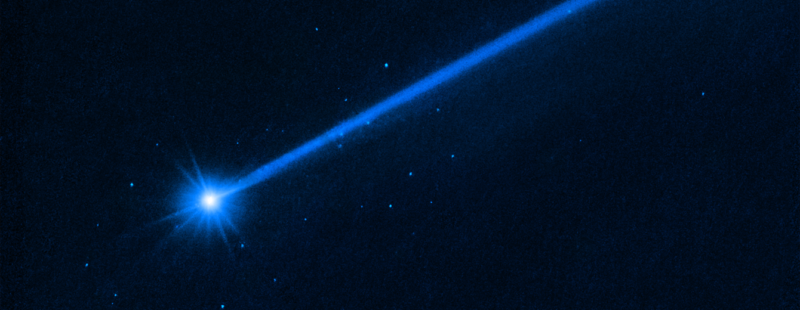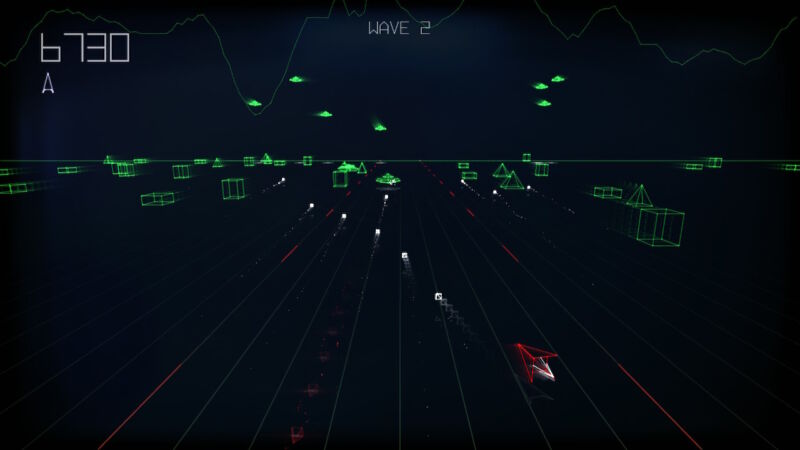
Enlarge
/
Artist’s illustration shows the ejection of a cloud of debris after NASA’s DART spacecraft collided with the asteroid Dimorphos. (credit: ESO/M. Kornmesser)
Last September, the Double Asteroid Redirect Test, or DART,
smashed a spacecraft
into a small binary asteroid called Dimorphos, successfully altering its orbit around a larger companion. We're now learning more about the aftermath of that collision, thanks to two new papers reporting on
data collected
by the European Southern Observatory's
Very Large Telescope
. The first,
published in
the journal Astronomy and Astrophysics, examined the debris from the collision to learn more about the asteroid's composition. The second,
published in
the Astrophysical Journal Letters, reported on how the impact changed the asteroid's surface.
As we've
reported previously
, Dimorphos is less than 200 meters across and cannot be resolved from Earth. Instead, the binary asteroid looks like a single object from here, with most of the light reflecting off the far larger Didymos. What we can see, however, is that the Didymos system sporadically darkens. Most of the time, the two asteroids are arranged so that Earth receives light reflected off both. But Dimorphos' orbit sporadically takes it behind Didymos from Earth's perspective, meaning that we only receive light reflected off one of the two bodies—this causes the darkening. By measuring the darkening's time periods, we can work out how long it takes Dimorphos to orbit and thus how far apart the two asteroids are.
Before DART, Dimorphos' orbit took 11 hours and 55 minutes; post-impact, it's down to 11 hours and 23 minutes. For those averse to math, that's 32 minutes shorter (about 4 percent). NASA estimates that the orbit is now "tens of meters" closer to Didymos. This orbital shift was confirmed by radar imaging. Earlier
this month
, Nature published five papers that collectively reconstructed the impact and its aftermath to explain how DART's collision had an outsize effect. Those results indicated that impactors like DART could be a viable means of protecting the planet from small asteroids.
chevron_right








